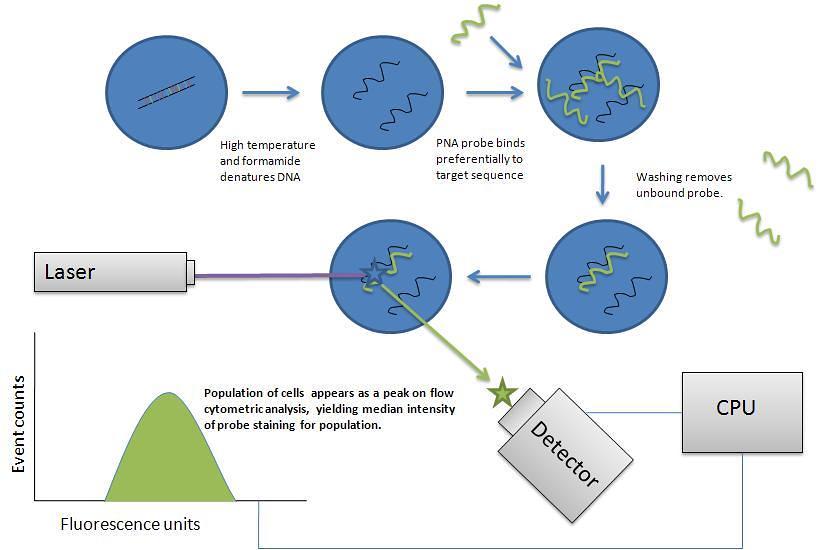Abstract
Human immunodeficiency virus (HIV) infection is the primary cause of morbidity and mortality in Malawi, Africa, because of its many effects on the immune system. Immune cells communicate through cytokines; therefore, we examined the relationships between HIV serostatus and cell-specific cytokine production for 40 asymptomatic, employed adults and 312 acutely ill, hospitalized patients in Malawi. We also measured the plasma HIV-1 RNA levels of 13 asymptomatic persons and 83 patients found to be HIV(+). We incubated peripheral whole blood with brefeldin-A +/- phorbol 12-myristate 13-acetate and ionomycin and then permeabilized, fixed, fluorescently stained, and examined the mononuclear cells with four-color, six-parameter flow cytometry. The percentage of lymphocytes expressing CD4 did not differ significantly between the HIV(+) and HIV(-) healthy adults (medians, 35.2 vs. 40.8%, respectively), but a wide array of cytokine parameters were lower in the HIV(+) than in the HIV(-) asymptomatic persons, for example, median percentages of T cells producing induced interleukin 2 (IL-2) (8.7 vs. 16.5%, respectively) and spontaneously producing IL-6 (0.7 vs. 11.0%, respectively). Also, four T cell parameters reflecting type 2-to-type 1 cytokine balances (T2/T1) were higher in the HIV(+), versus HIV(-), asymptomatic persons. Unlike the healthy adults, for patients with mycobacteremia/fungemia or malaria, the HIV(+) patients had higher median percentages of T cells and CD8(+) T cells producing induced interferon gamma than did the HIV(-) PATIENTS: For both asymptomatic and acutely ill persons, HIV-1 plasma levels were positively correlated with T2/T1 parameters. Cell-specific cytokine effects of HIV infection may precede measurable effects on CD4 expression. Cytokine therapies, even beyond periodic administration of IL-2, may improve the responses of HIV-infected persons to both HIV and coinfections.
Chatt JA, Jason J, Nwanyanwu OC, Archibald LK, Parekh B, Kazembe PN, Dobbie H, Jarvis WR
AIDS Res. Hum. Retroviruses 2002 Dec;18(18):1367-77
PMID: 12487808
Chatt-20021
